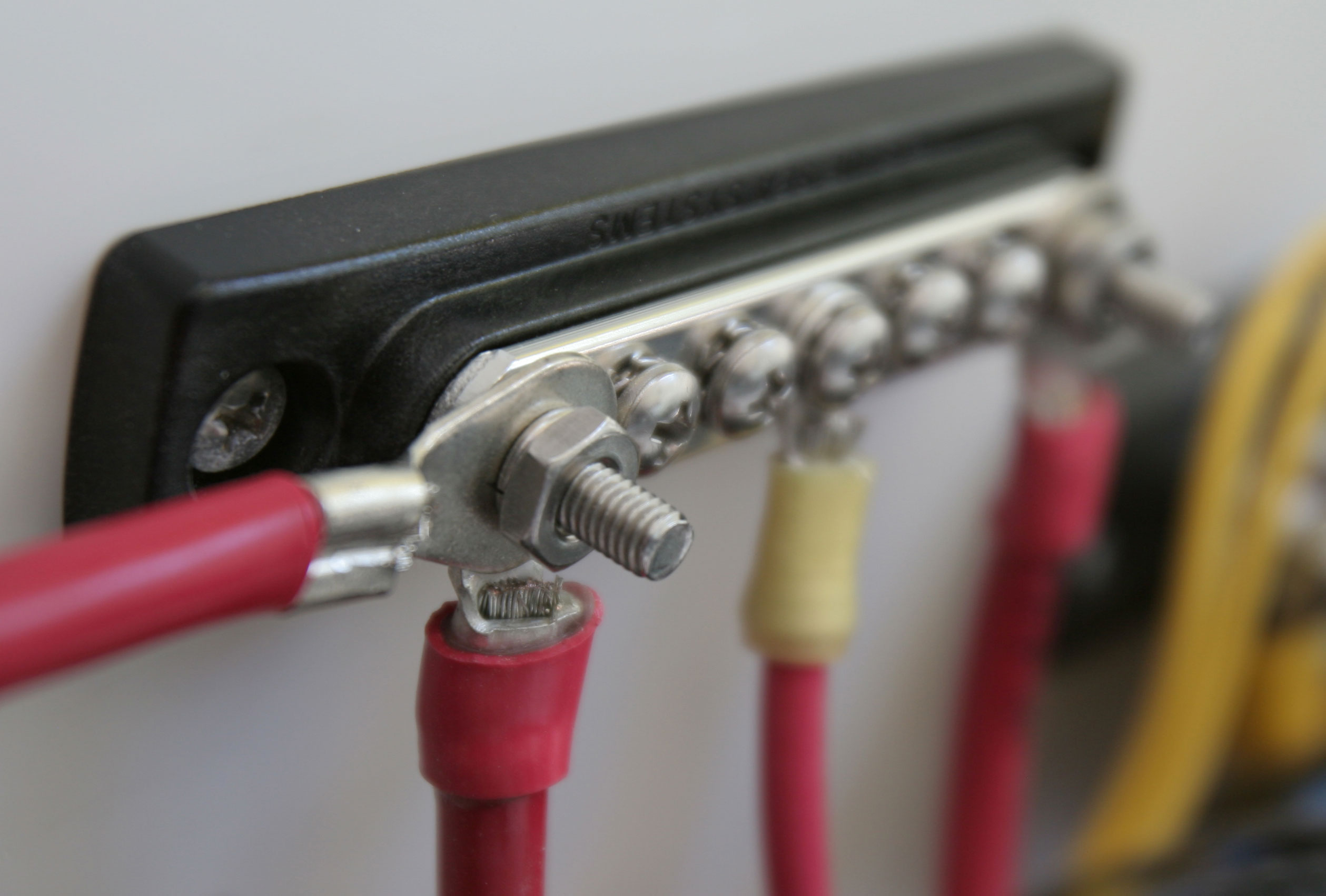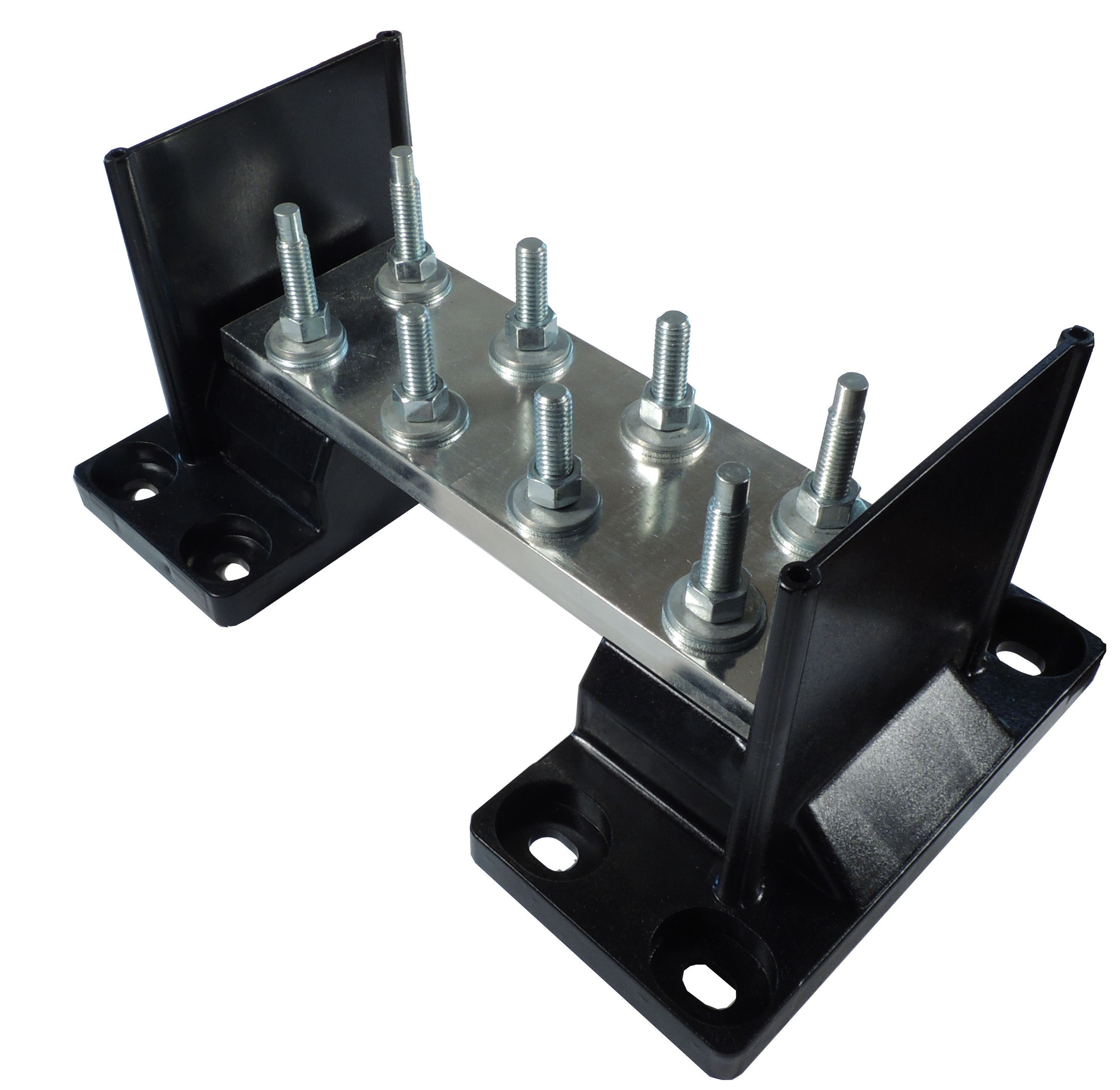

This can be a bad thing, or a good thing, depending on your taste, the sound of the setup and the desired result. Each successive component loses a little in terms of a powerful delivery, becoming ever thinner. This disadvantage can however actually be a surprise advantage! You will be able to tune your audio equipment as you wish an appliance that needs a richer and more powerful sound can be placed in the first position, “in front of” an appliance which you want to tame slightly. So when moving backward in the extension block, the other appliances and the capacitance of their power cords that are plugged in ahead of the component in question also have a large effect on the resultant overall sound. Importantly, this is not only true when connecting a device on its own which is caused by the length of the conductors, but when connecting multiple components, they all interact with each other.
POWER BLOCKS BAR FULL
For every position you move back from the first position, the sound will be increasingly less full and lively. In this position, the connected audio component will sound most rich and powerful, with most attack and most liveliness.
POWER BLOCKS BAR SERIAL
The next block I made (see below) utilized same-length cables for all outlets.Īdvantages and disadvantages of Standard serial power extension blocksīecause the sockets are serial, only the first appliance in line has the most direct power supply. I found this out after assembling the block as pictured above, where the connectors closest to the entry with the shorter wires sounded more articulate than the others. The length of the wire should be the same for every connector.

More often the internal connections are comprised of solid-core or stranded wire, and it is not uncommon to use audio-grade wire such as OCC copper, silver or a combination of metals for this application. These connections could still be made with brass strips but that is very uncommon. Yet, compared to the Apsa block above, this block sounds airier as well as more refined and fluid.Ībove: a CP-Audio star-wired extension blockĪ star-wired power extension block has individual connections from the inlet to each individual socket. I don’t know what kind of conductor material is used for the conductors or the clamps, but it is definitely no copper. Although the strips look like copper, the block itself sounds comparatively harsh.Ībove: one step up from the Apsa block above, a 60-euro serial Popp block with aluminum housing. The inlet or the main cable connects to the clamps of the first socket, and from that point on the power is carried across by brass (or another metal allow) strips. This does not have to be a bad thing, though it can actually have its advantages.Ībove: a simple and affordable (~30 euro) serial Apsa block.
POWER BLOCKS BAR SERIES
This means that all outputs are in normal, series connection. Most normal (serial) power extension blocks have two or three internal brass strips that connect the inlet to all the outlets in a single run. Basics of normal (serial) and star-wired power extension blocks


 0 kommentar(er)
0 kommentar(er)
